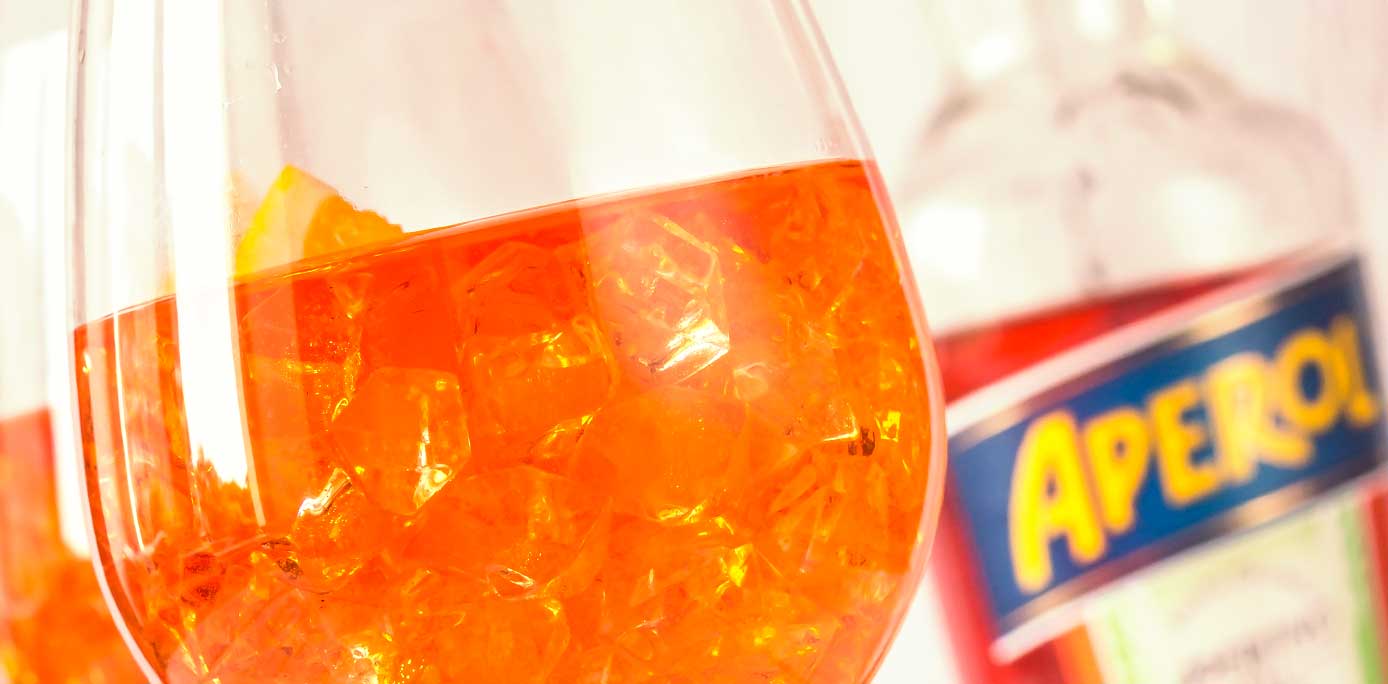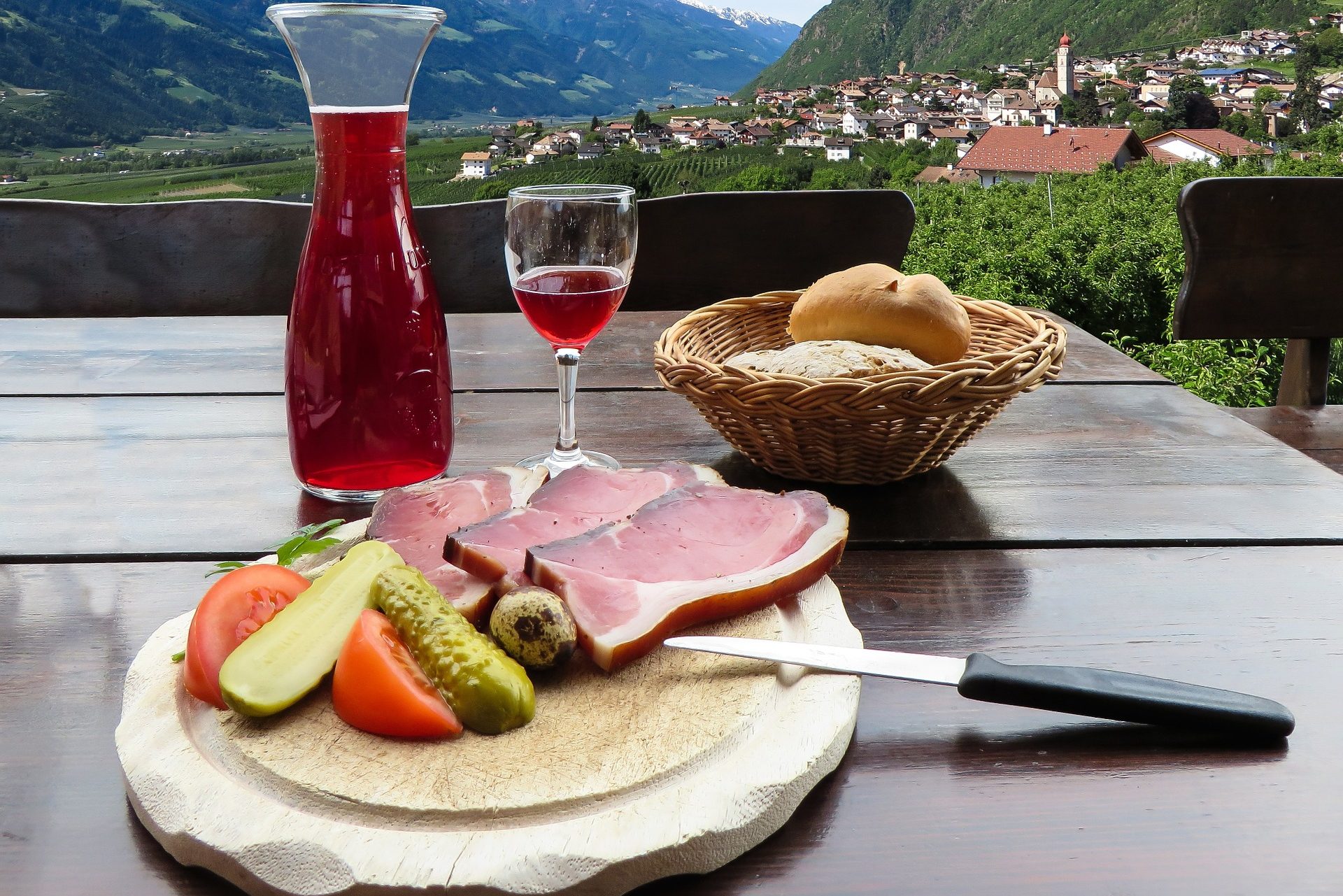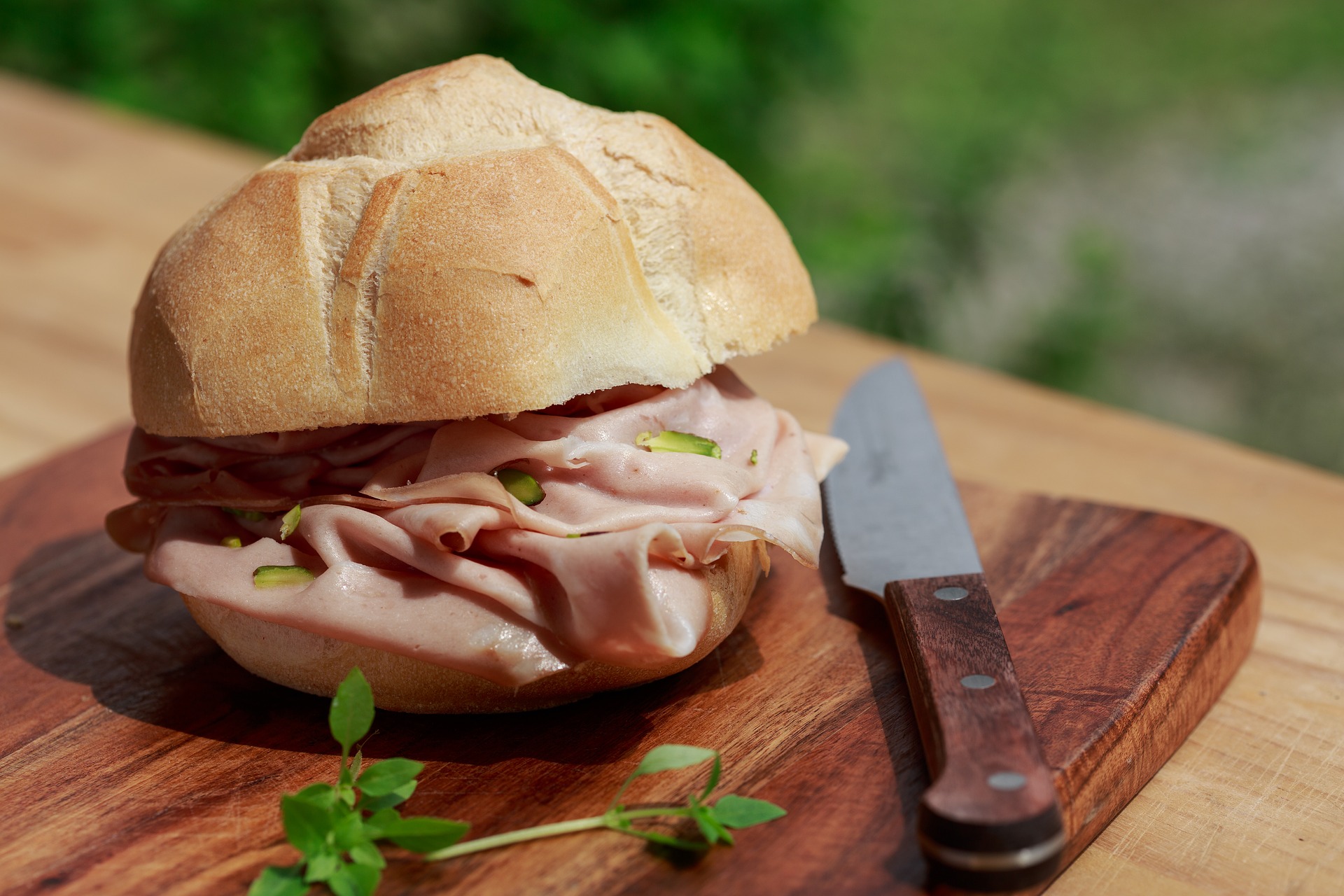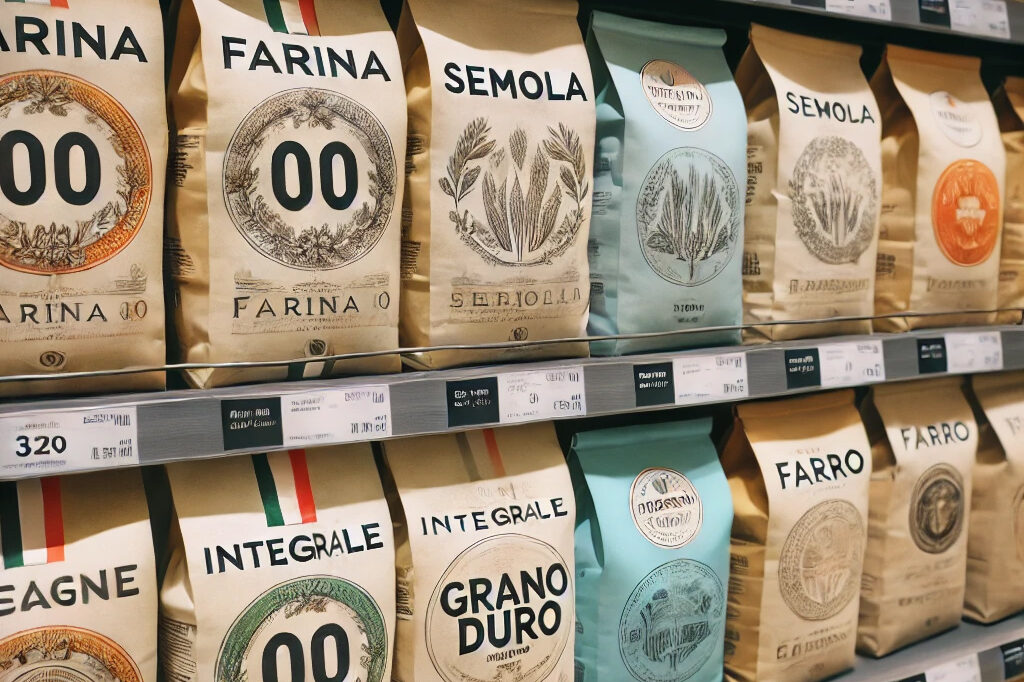Resting a splitting axe against my hip, I loosen the cowhide gloves. Two and one half cords of wood are split and stacked. The cool air and exercise have me feeling for a refreshing red. Inside, there is polenta cooking. I give the pot a stir and head downstairs for a good bottle, returning with a wine made from Schiava, typical of Italy’s northeast especially Trentino-Alto Adige.
Schiava is the name given to a group of unrelated grape varieties that include Schiava Grossa, Schiava Gentile, and Schiava Grigia, which, though similar, are actually distinct cultivars.
Also known by its German name Vernatsch, Schiava, literal translation meaning “slave”, derives its name, according to some experts, from the Latin term for ‘enslaved vines’, as the vines are said to have been bound to poles instead of growing free, allowed to affix themselves to trees, etc., for support. Tied to poles, the vines, experts say, enjoyed more sunshine than shade, thus grapes ripened better, improving both the wines and their notoriety. Still other authorities suggest that the name Schiava derives from Slavic or German origin, the cultivar(s) having found its way into Italy by way of Longobards entering from the north. While the latter account makes for an interesting storyline, don’t get too attached (no pun intended) to it. Some scholars suggest the explanation as unlikely. Preeminent Italian wine expert Ian D’Agata, in his book Native Wine Grapes of Italy, writes that, “The fact that a grape variety grown in Lombardy is distinct from others carrying a similar name but grown in Trentino and Alto Adige, is further evidence that the term schiava referred to a common grapevine training system, rather than to a specific set of related grapes.”
Schiava makes lighter colored, lighter bodied wines, pleasantly fresh, with notes of tart red fruit, almond, and flowers. That the wines make for uncomplicated and easy drinking provides all the inspiration necessary to simply relax and enjoy them. Many folks appreciate Schiava wines for summer drinking, often chilled down a bit. But, cooler weather temperatures and outdoor exercise is a perfect foil, too, for these refreshing red wines. Combined with how well Schiava can pair with many of our favorite winter dishes makes the wines equally relevant during cold weather months.
In their easy drinkability, Schiava wines, I find, keep much in common with wines made from native Italian varieties Grignolino, Pelaverga, even Ruche, which, I am happy to say, are all enjoying a wave of wider appreciation these days due in no small part, I imagine, to their incredible charm. Charming as they may be, Schiava wines are meant for early consumption and are not intended to be cellared for long periods. Schiava is all about youthful freshness if nothing else, though there are examples that will drink well for up to three or so years.
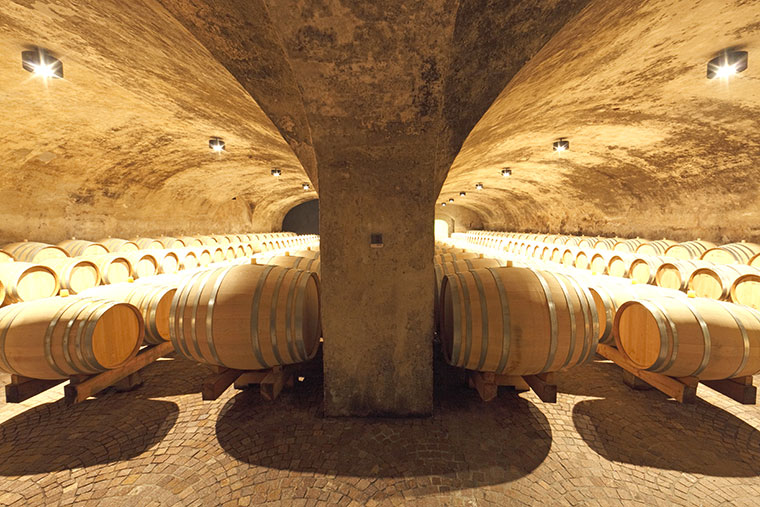
Appellation rules don’t indicate specifically which of the Schiava varieties are required to make Schiava wines. Even though several important sources point to Schiava Grossa as being more predominate, it’s not a bad idea to consider your bottle of Schiava wine is very likely produced from a blending of the three.
Best DOCs to look for – which you may well find written on bottle labels in Italian and/or German – include Alto Adige/ Sudtirol DOC, subzone Santa Maddalena/St. Magdalener, and Lago di Caldaro / Kalterersee DOC. You may find, too, some bottlings bolstered by small percentages of other allowable red varieties.
One anomaly to the DOC designations mentioned above is a gorgeous Schiava wine produced under the Vino da Tavola designation by Heinrich and Elda Mayr’s Nusserhof estate. Tucked away in Bolzano, Nusserhof have reportedly been working vines since the end of the 1700’s. In addition to 2.5 hectares of other vines, Nusserhof tend to a small plot of old vine Schiava from which they make their Schiava wine known as Elda, named after Ms. Mayr.
Another example of Schiava which I admire, one that carries the Alto Adige/Sudtirol DOC designation and gives good varietal testimony, is Castelfeder’s single vineyard Schiava “Breitbacher”, named so for the grapes sourced from selected vineyards on the southeast facing hillside of Breitbacher.
We’ve enjoyed Schiava wines with the likes of polenta and butter or stuffed cabbage and mushrooms topped with rich brown gravy; wild walnuts served with wedges of parmesan cheese; Valrhona dark chocolate. The Castelfeder Breitbacher mentioned above was insanely delicious with Connecticut Bluefish. Dishes that benefit from the smokiness of bacon or speck are a sensational pairing, for example, bacon-flecked bread dumplings and gravy, or risotto with asparagus and speck.
Tasting Note
Nusserhof Schiava “Elda”
Tart berries, mountain flowers, a touch of minty alpine freshness. Good intensity, suggestions of meat jerky, finishes with notes of medicinal herb and wood smoke.




